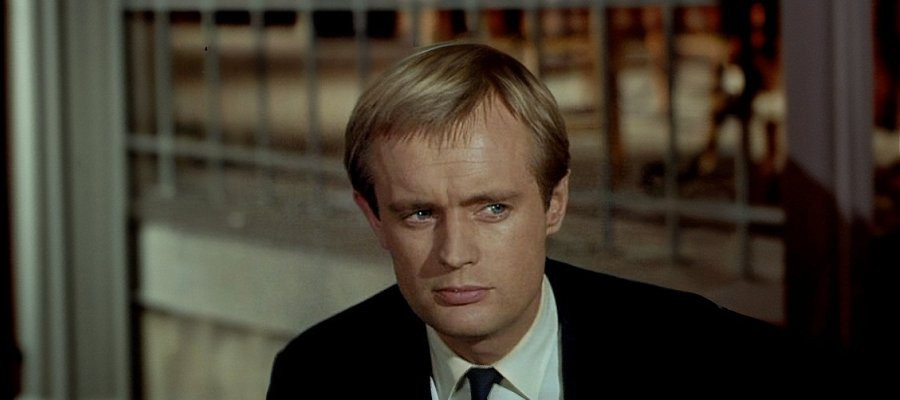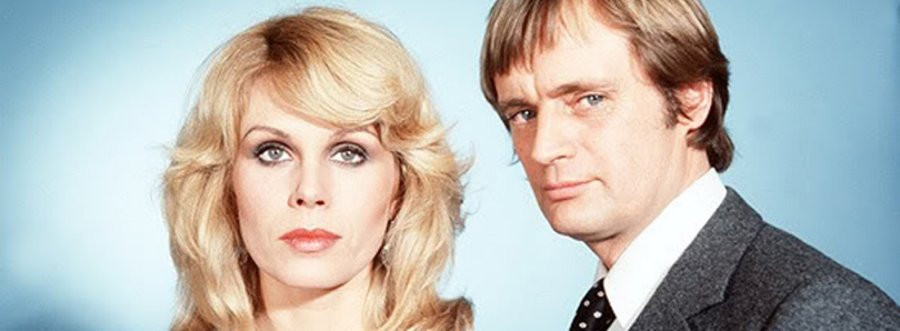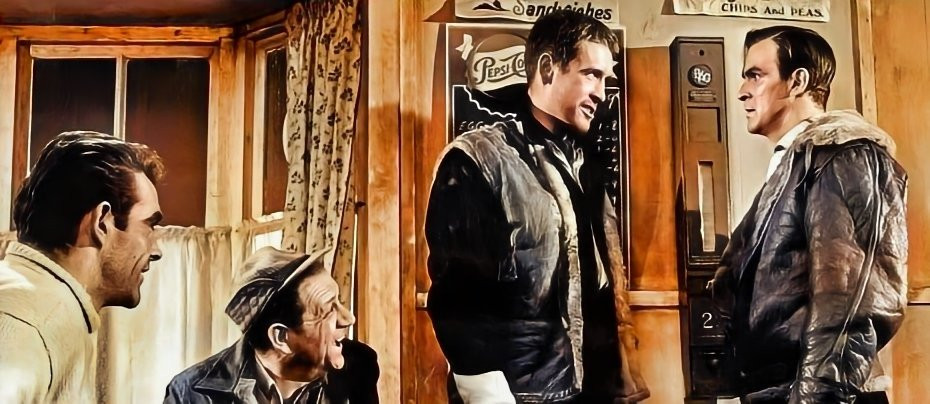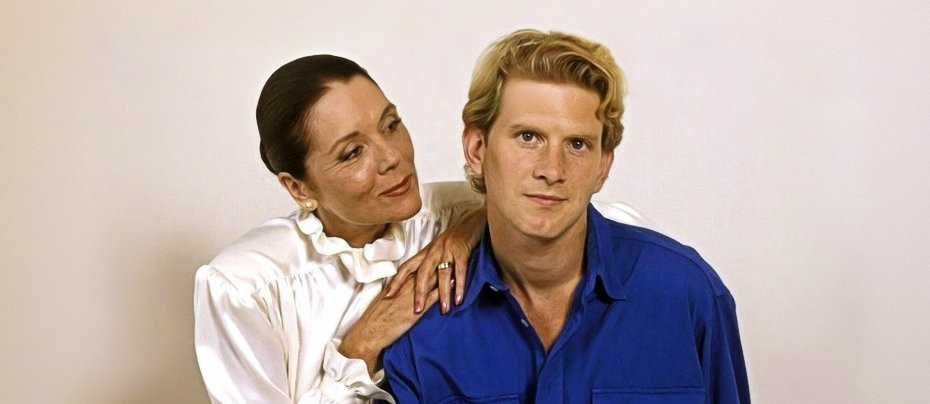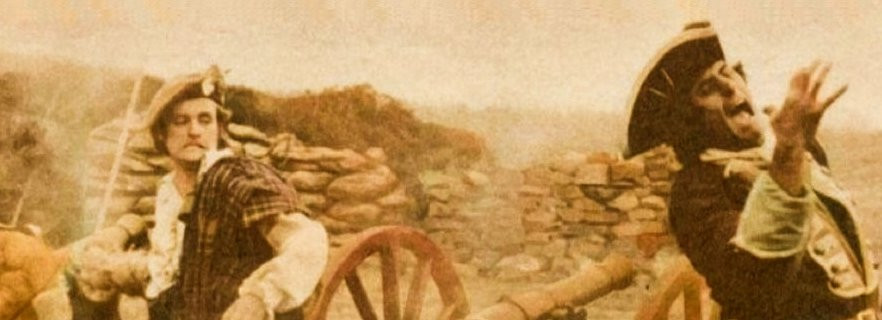
Sapphire & Steel - Assignment One
Sapphire & Steel, one of the most unusual and arresting television series of the twentieth century, aired as six serials broadcast from 1979 to 1982. In a sporadic release schedule, the serials made up four broadcast series, at different times of the year and of different lengths, almost as unpredictable as the stories themselves. Created and largely written by P. J. Hammond, the concept for the series was as a children's fantasy programme, a follow-up of sorts to his critically successful Thames Television series Ace of Wands and "For My Next Trick," an episode of the children's supernatural anthology series Shadows. It was Pamela Lonsdale, the producer of those two series, who asked him to come up with an idea for a new series for the same audience. Provisionally titled The Time Machine, this series would see a team of "time agents" who protected the world against the forces of time itself.
Lonsdale supported the idea, but others as Thames were less keen, and Hammond took the concept to ATV, where Lewis Rudd and David Reid were intrigued (Reid reportedly was so troubled by the idea it gave him nightmares). Given the level of supernatural scares – low level for horror cinema, but strong for television – Reid decided the series would work better for a family audience than a children's one, and its slot on ITV was pushed to early evenings on weekdays.

The time agents evolved into Sapphire and Steel, merely two of a variety of "elements," mysterious entities of unknown origin who are named after, and display some characteristics inspired by, chemical elements. Anyone with even a passing knowledge of chemistry will immediately realise that neither Sapphire nor Steel are elements (steel being an iron-carbon alloy, and sapphire largely aluminium oxide), but they sound cool and that's far more important. Sapphire notes in the first serial that there are 127 elements (which is notably higher than the count of known chemical elements even now), but Steel reiterates the warning from the opening titles: transuranic elements may not be used where there is life. It's all distinctly ominous.
In spite of a very low budget (a holdover from its origins in the children's drama department, no doubt), Head of ATV Lew Grade managed to secure two big names for the leads in the series. Steel was played by David McCallum, an acclaimed character actor on both sides of the Atlantic. Known for guest roles on series such as The Outer Limits, he went on to stardom as Illya Kuryakin in The Man from UNCLE, followed by lead roles in series such as The Invisible Man and Colditz. He gave steel an unnervingly detached persona, distinctly cold and inhuman, to everyone except his partner Sapphire. Cast in this role was Joanna Lumley, recently pushed to star status with her role as Purdey in The New Avengers. A warmer, more human character than Steel, Sapphire had the same air of mystery with less threat... but this only made her less human aspects all the more unexpected and unsettling.

None of the serials were ever given official titles (and Hammond has stated he never chose any for them), but they are usually referred to by number as "Assignments," from the title voiceover that stated that "Sapphire and Steel have been assigned," or otherwise as "Adventures." However, fans have sometimes invented titles for them, and the effective "Escape Through a Crack in Time" has become attached to the first serial in some home video releases. The series' origins in children's television are clear in this first story, with the protagonist being a pubescent boy named Rob. He's played with some skill and sympathy by Steven O'Shea. He and his little sister Helen (Tamasin Bridge) are alone in their large country house after their parents inexplicably vanish, the first of many bizarre and threatening events.
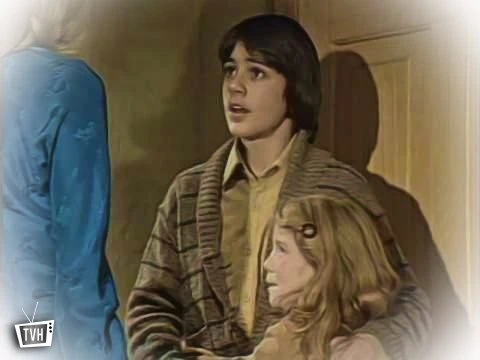
The six-part serial sets the tone for the series nicely. It's essentially a ghost story, one that utilises the sometimes-theorised origin of ghosts as being temporal echoes or anomalies. When the kids' parents disappear, seemingly due to nothing more serious than Helen reciting a nursery rhyme, Sapphire and Steel soon knock at the door. They give virtually no explanation for their presence other than that they are there to help, although Sapphire does at least try to console the children. She also explains to them something of the nature of time, in ways they might understand. It's opaque at best, and the implication is that while she's dumbing things down for the kids, the true concepts she's dealing with would be just as beyond adult understanding. Her illustration of time sketches out a very basic but highly evocative mythology for the series. Time is said to be a corridor which runs beyond and around the world, and at times the fabric of the corridor wears thin, and things can get in. Steel jumps in later to explain that "creatures" can enter through weak points, but Sapphire's earlier insinuation that time itself is a malevolent force is far more disquieting.

It's about all we get in terms of explanation for the nature of the series. Steel hammers home the point regarding the vastness of time when he asks Rob to imagine his whole life as an inch; time would stretch on for a thousand million miles in both directions. What's most worrying is that a simple anachronism, such as a nursery rhyme or an antique, could cause the weakening that lets time in. There's an immediate feeling that nobody is safe. The serial ramps up the chills with other strange events, not least the appearance of malevolent figures from the past – ghosts, by any other name – that step forward into the present now time has been weakened. Yet Sapphire and Steel themselves are almost as frightening, displaying unearthly powers that they use to fight back against the forces of time. Steel can freeze things to near absolute zero, while Sapphire can roll back time to a limited extent. She also displays a form of psychometry – reading the history of an object through touch – and can project different clothes onto herself on a whim. The inference, of course, is that her whole appearance is just another projection.
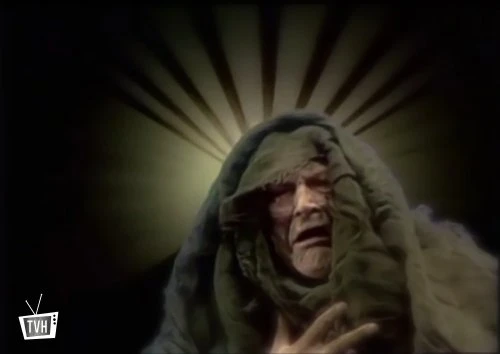
The assignment is such a dangerous one that the two operators have to call in a specialist. Lead, played by Val Pringle. A huge, ebullient giant of a man, Lead is far more human and likeable than either of his colleagues. While he's a rather clichéd "big, jolly black man" character, he certainly livens things up, and Pringle puts in a strong and entertaining performance. Like the reliance on nursery rhymes, Lead's singing to keep up Rob's spirits marks this out as a script that was written with children's television in mind. Lead has superhuman strength and resilience, which doesn't sound like a particularly specialist skill compared to rolling back time, but he does come in handy.
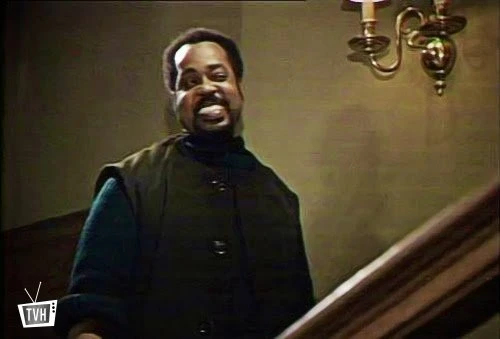
There's a fun gag that runs through the serial, where Sapphire and Steel recollect a case involving a ship lost at sea. Sapphire recollects fondly the view of the corridor or time she managed to glimpse on the mission, while Steel reminds her that they had to sink the ship. It takes Lead's presence (he was also called in on the mission) to remember the name of the ship: the Mary Celeste. Young Rob points out that the Mary Celeste wasn't sunk, it was found adrift, to which Steel merely says, "I sunk the real one." It's a great moment, both funny and absolutely chilling, although not as unnerving as Sapphire's earlier "It's far harder to sink a house," which she notably keeps from the children's ears.
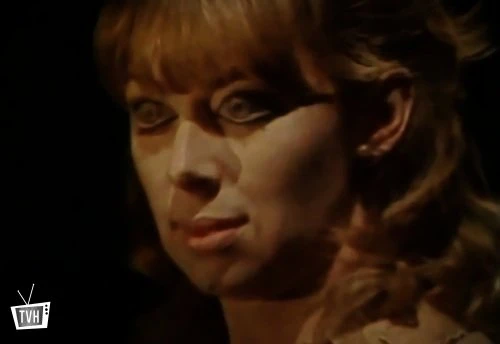
The creepiest moments come later in the serial, when Rob and Helen's parents appear to return. John Golightly and Felicity Harrison put in sinister performances as the alleged parents. The serial is directed by Shaun O'Riordan, who had experience of taught thrillers and spooky stories with Scorpion Tales, A Place to Hide and, indeed, Thriller. O'Riordan would work on several more serials in the series, and he suffuses this serial with plenty of chills. The nursery rhymes help, though – there's nothing creepier than a childlike rendition of "Ring a Ring o' Roses." The cast all impress, particularly Lumley and McCallum. They're pure class and embody their roles from the moment they step onto the screen. While it's perhaps an episode too long, Sapphire & Steel's first Assignment is an atmospheric family-friendly chiller, that promises great things from the series.
Review: Daniel Tessier
Dan describes himself as a geek. Skinny white guy. Older than he looks. Younger than he feels. Reads, watches, plays and writes. Has been compared to the third, fourth, fifth, sixth, seventh, eighth, tenth, eleventh and twelfth Doctors, and the Dream Lord. Plus Dr. Smith from 'Lost in Space.' He has also had a short story published in Master Pieces: Misadventures in Space and Time a charity anthology about the renegade Time Lord.
Dan's web page can be here: Immaterial
Published on December 7th, 2020. Written by Daniel Tessier for Television Heaven.


